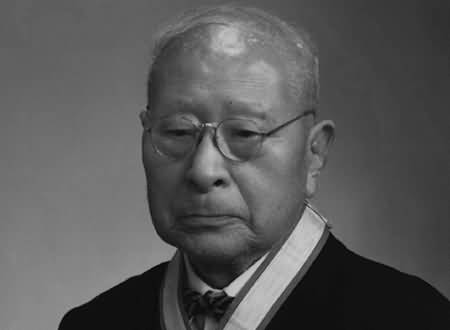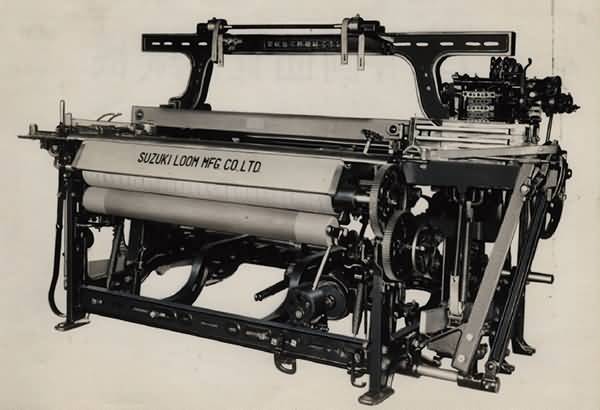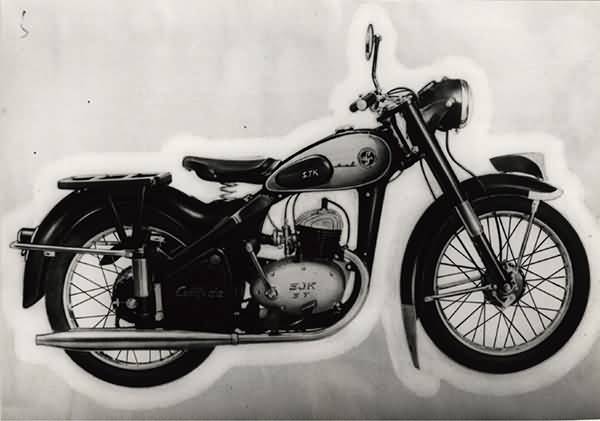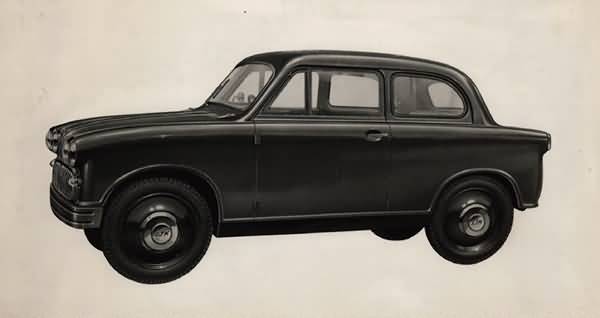Holiday Gift Guide - Clothing & Gear Up to 75% Off! SHOP NOW


He established a loom manufacturing company with his inborn pioneering spirit and continued to work at the forefront of his company as a top managing executive. Since he took out more than 120 patents during his lifetime, he was also very well known as an inventor comparable to Sakichi Toyoda. In addition, he was elected as a member of the Hamamatsu City Council in 1930 and served eight years in the municipal government.
Suzuki Motor Corporation is the number one seller of minivehicles, and well known as a worldwide automobile and motorcycle manufacturer. Michio Suzuki had an inherent talent for generating new ideas and had a remarkable pioneer spirit as well. His tenacious challenging spirit brought him over 120 patents during his lifetime.
In 1887 Michio Suzuki was born as a son of a farmer in Nezumino, Hougawa Village in Hamana County (present day Hamamatsu City). In those days, many farmers in that area wove cotton cloth to earn extra money. His own mother also did this, so he grew up hearing the sounds of a weaving loom. He also helped his mother pick cotton in the autumn when he was a child. It may well be because of this early exposure that he succeeded in inventing better weaving machines in later years.
In 1901 at the age of 14, he was hired as a carpenter’s apprentice and was strictly trained by his demanding master. But in February 1904, the Russo–Japanese War broke out. Since construction work began to decline due to the war, his master reluctantly converted his business to the manufacture of treadle-looms. Michio strived to adapt and improve his skills. When his apprenticeship ended, he was skillful enough to build wood and iron treadle-looms by himself. Thus, the Russo-Japanese War changed his destiny,and he started taking the path of loom-making he had achieved.
After his apprenticeship ended, Michio had to decide whether he should be independent or be subordinate to others. But he had a strong desire to accomplish his ideas,the ability to put in every effort to execute what he believes, and the pioneering spirit to challenge for innovation. These talents are essential for entrepreneurs and it is natural that he chose to be independent. Though he had little education, business funds or supporters, he had acquired some skills during his apprenticeship. And his nature and talent made him choose the challenge of a new business.
The result was the founding of “Suzuki Loom Works” in 1909. At the age of 21 he started taking the path he believes from a factory, remodeled from an old silkworm-raising building. Truly, he set out his ship all by himself.


The first Suzuki method loom that he constructed was presented to his mother. She was astonished at the weaving speed. It enabled her to weave ten times faster than the hand loom she had used before. This splendid reputation of his new looms spread rapidly and he received many orders and gained confidence. Thus, he hired several workers to start full-scale manufacturing of looms.
Since the treadle-looms that Michio produced were not particularly better than other companies, he worked to create new characteristics unique to Suzuki Looms. At that time, he heard a client’s conversation about the need for looms which could weave plaid patterns. So he started to improve the shuttle. (A shuttle is the device which passes the weft thread of the cloth through the warp threads.) A month later, he succeeded in developing a loom that moved the shuttle box up and down easily. “Hibako” the shuttle box which moved up and down was an epochmaking apparatus which made it possible to weave plaid patterns freely. The Hibako was registered as a utility model patent in 1912. It was his first and most memorable invention, which was followed by more than 120 patents during his life.
In 1920, the company was reorganized as Suzuki Loom Manufacturing Company. Although it was slightly affected by the depression after the First World War, Suzuki Looms sold well due to their special qualities, and the company grew. Furthermore, it introduced the Sarong Loom in 1929 and expanded exports to overseas. Sarong refers to a large rectangle of cloth worn as part of the native clothing of Indonesia and other Southeast Asian countries. The Sarong Loom was given this name because it was exactly suited to weaving this cloth.


Afterward, he invented the device for saving the cards used for programming the woven patterns in order to solve the difficulties of looming sarong. He kept manufacturing new models one after another. In 1931, Hamamatsu City held a “National Industrial Exhibition” to commemorate the 20th anniversary of the city. Suzuki exhibited two Suzuki looms and both of them won Domestic Excellent Product Awards, which made the Suzuki brand unchallengeable.
Ordinary people would be satisfied with these accomplishments, but Michio chose a different way to follow his next dream. He anticipated that the high quality looms of Suzuki would last almost forever and the demand for new looms would be getting gradually smaller. Therefore, the demand for weaving machines would limit growth of his business.
As he anticipated lack of a future in looms, he made a decision to start a consumer oriented business. After having considered the company’s technical strengths and the direction of the Japanese economy, he focused on the automobile industry. Michio had a great deal of confidence. “In the near future, it is sure that the era of automobiles will come.” But first he started to develop motorcycles in advance of automobiles. Though interrupted by the World War, he introduced their first motorcycle, the “Power Free” (motorized bicycle) in 1952. Soon after that, the “Colleda” motorcycle was introduced.
In 1954, the company was renamed as Suzuki Motor Co Ltd. In 1955, Suzuki introduced the Suzulight, Japan’s first mini-sized vehicle. Suzuki pioneered the era of minicars.


Thanks to the motorcycle boom, sales of the Power Free were successfully increased.


The Colleda ST model with a 2-cycle engine became very popular as soon as it was introduced to the market.


The Suzulight was the culmination of his dreams. Following the Suzulight, major automobile companies in Japan entered the mini–sized vehicle market one after another. As a result, a mini–sized vehicle boom developed.
Due to his inborn pioneer spirit and marvelous foresight, Michio put an end to his history of weaving machines which he had engaged in for several decades. The Suzulight was the first success of an automobile with a twe-stroke engine and the FF method (front engine, front wheel drive). It’s not an overstatement to say that the the pioneer spirit flowing in Suzuki was brought together in the dream car “Suzulight”.
Source: hamamatsu-daisuki.net
35 YEARS 1986-2021 As a skateboarder-owned brand that has remained true to its ...
The first pair of TCX motorcycle boots were launched back in 1999, when the company/bra...
If you just got into mountain biking, or are still planning to, it’s important to wear ...
*Your wish list is temporary to this session and not permanently saved

